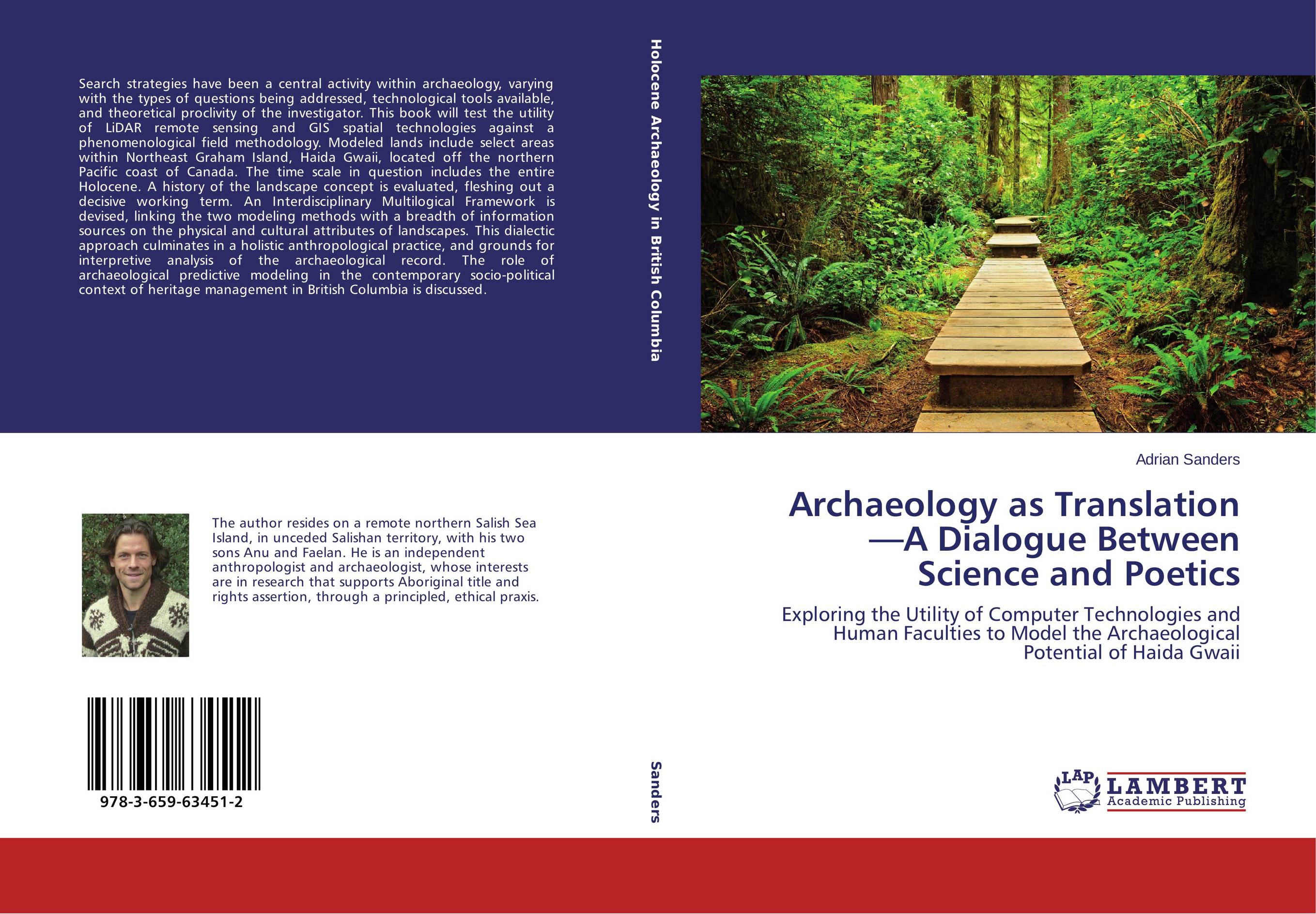| Поиск по каталогу |
|
(строгое соответствие)
|
- Профессиональная
- Научно-популярная
- Художественная
- Публицистика
- Детская
- Искусство
- Хобби, семья, дом
- Спорт
- Путеводители
- Блокноты, тетради, открытки
Archaeology as Translation—A Dialogue Between Science and Poetics. Exploring the Utility of Computer Technologies and Human Faculties to Model the Archaeological Potential of Haida Gwaii

В наличии
| Местонахождение: Алматы | Состояние экземпляра: новый |

Бумажная
версия
версия
Автор: Adrian Sanders
ISBN: 9783659634512
Год издания: 2014
Формат книги: 60×90/16 (145×215 мм)
Количество страниц: 356
Издательство: LAP LAMBERT Academic Publishing
Цена: 56954 тг
Положить в корзину
| Способы доставки в город Алматы * комплектация (срок до отгрузки) не более 2 рабочих дней |
| Самовывоз из города Алматы (пункты самовывоза партнёра CDEK) |
| Курьерская доставка CDEK из города Москва |
| Доставка Почтой России из города Москва |
Аннотация: Search strategies have been a central activity within archaeology, varying with the types of questions being addressed, technological tools available, and theoretical proclivity of the investigator. This book will test the utility of LiDAR remote sensing and GIS spatial technologies against a phenomenological field methodology. Modeled lands include select areas within Northeast Graham Island, Haida Gwaii, located off the northern Pacific coast of Canada. The time scale in question includes the entire Holocene. A history of the landscape concept is evaluated, fleshing out a decisive working term. An Interdisciplinary Multilogical Framework is devised, linking the two modeling methods with a breadth of information sources on the physical and cultural attributes of landscapes. This dialectic approach culminates in a holistic anthropological practice, and grounds for interpretive analysis of the archaeological record. The role of archaeological predictive modeling in the contemporary socio-political context of heritage management in British Columbia is discussed.
Ключевые слова: Phenomenology, Archaeology, anthropology, GIS, Oral History, Holocene, Lidar, Heritage management, predictive model



